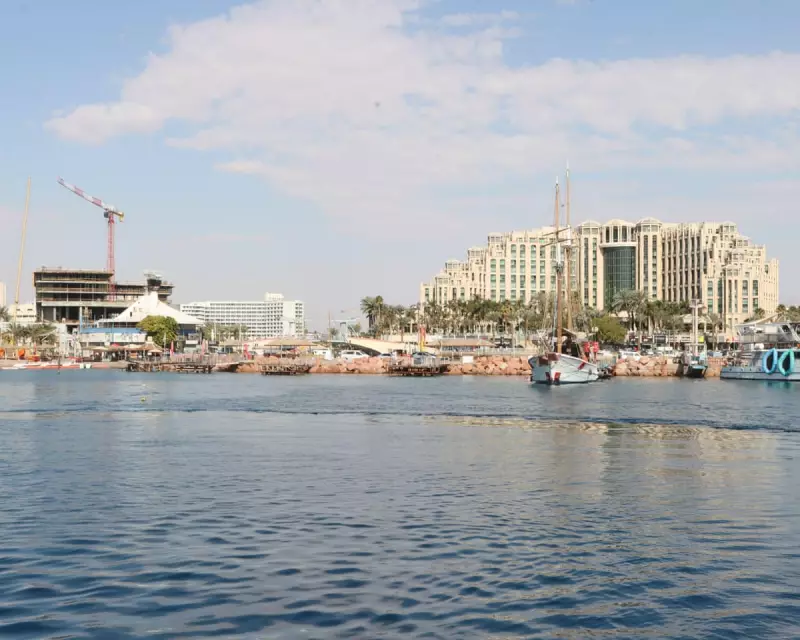
An intense and record-breaking heatwave has gripped Israel, sending thermometers soaring to unprecedented levels for late November, while other parts of the world contend with severe tropical storms and catastrophic flooding.
Unprecedented Heat Scorches Israel
The heatwave, which reached its peak over Friday and Saturday, saw temperatures rocket to between 10C and 12C above the seasonal average. Low-lying areas across the country widely experienced temperatures between 30C and 35C, with some localities exceeding 35C.
This surge in heat decisively broke Israel's previous record for the latter third of November, which stood at 34.9C. The intensity of the heat was particularly felt in specific locations.
On Friday, the mercury climbed to 36.2C in Beit Dagan, near Tel Aviv, a stark contrast to the area's average November high of around 24C. The heat persisted into Saturday, reaching a scorching peak of 37.3C in Eilat, a southern city on the Red Sea coast where the normal average for November is 27C.
Even at higher altitudes, the temperatures remained significantly above normal. Jerusalem, situated at an altitude of over 700 metres, reached around 27C, compared to its typical November high of just 19C.
Global Weather Extremes: Floods and Cyclones
While Israel baked, other regions faced their own weather crises. In Vietnam, the rainy season reached extreme levels in south-central parts of the country last week.
Relentless downpours deluged some areas with nearly 2 metres of rainfall, an amount roughly equivalent to the region's annual average. The consequences have been devastating, causing widespread flooding and landslides.
The disaster has left hundreds of thousands of buildings either destroyed, damaged, or without power. River levels swelled to record highs, with powerful currents sweeping away a suspension bridge over the Da Nhim River.
The local agricultural industry has suffered a major blow, with estimated losses including 3 million animals and 80,000 hectares of crops. Tragically, at least 90 people are known to have died as a result of the extreme weather.
Cyclone Threat for Australia
In the Southern Hemisphere, the northernmost region of Kimberly in Western Australia is bracing for the landfall of severe Tropical Cyclone Fina.
After developing in the Timor Sea last week, the cyclone meandered south-west along the coast of the Northern Territory. It passed Darwin on Saturday with a strength equivalent to a category 2 hurricane, where winds exceeded 85mph, damaging trees, houses, and power lines. Darwin airport recorded 168mm of rain.
Fina has since intensified to the equivalent of a Category 3 hurricane. Residents in northern Kimberly have been warned to expect between 100mm and 150mm of rain, alongside dangers from flash-flooding and high winds. Forecasters predict the system will weaken as it moves west along the Kimberley coast, potentially falling below cyclone strength by Tuesday morning.
Adding to the global weather alerts, Fiji has been placed under a major flood alert by its national weather forecasting centre. A trough of low pressure lingering over the islands has brought heavy rain, with more than 100mm forecast, raising the risk of flash flooding.





